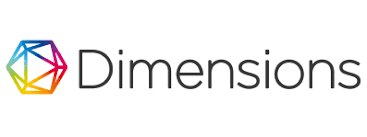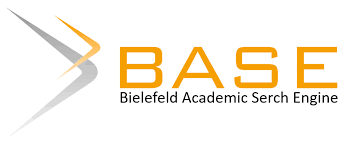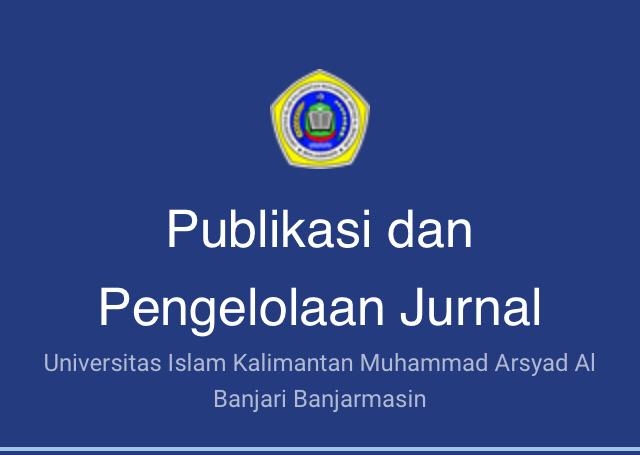PENGARUH METODE PEMBELAJARAN TUTOR SEBAYA TERHADAP HASIL BELAJAR MATEMATIKA SISWA KELAS III SDN SIMPANG WARGA 1 KECAMATAN ALUH-ALUH
(1) Universitas Achmad Yani Banjarmasin Jln. A. Yani KM 5,5 Komplek Stadion Lambung Mangkurat Banjarmasin
(*) Corresponding Author
Sari
This research was motivated by the low learning outcomes of grade 3 students at SDN Simpang Warga, Aluh-aluh District in Mathematics. This is because the teacher only uses the lecture method in teaching. In this study, researchers applied the peer tutoring method to mathematics learning outcomes. The method used in this research is pre-experimental design with the type of one group pre-test design and the sampling technique of Non Probalility Sampling with the type of purposive sampling. The data mining tool used Paired Sample T-test analysis and regression formula. The results showed that the use of the peer tutoring method was fairly good based on the Paired Sample T-test hypothesis test with a confidence level of 95% Sig. 0.05, it was obtained the results of the t-test pre-test and post-test that the Sig. (2-tailed) 0.001 <0.05 and tcount = 3.956> t table of 2.063 with a significant level of 5% and the linear regression hypothesis test obtained tcount> ttable (2.091> 2.069) and a significance of 0.048 <0.05. This means that H0 is rejected and Ha is accepted, so it can be concluded that there is a significant influence between the peer tutor method on student learning outcomes at SDN Simpang Warga, Aluh-aluh District.
Key words: Methods, Peer Tutors, Education, Mathematics, Results, Learning.
Teks Lengkap:
PDFReferensi
Anggorawati, P. Ningrum. (2011). Penerapan Model Tutor sebaya pada Mata Pelajaran Sosiologi. Semarang. Jurnal Komunitas Universitas Negeri Semarang.
Arikunto, S. 2013. Prosedur Penelitan: Suatu Pendekatan Praktik. Jakarta: Remika Cipta.
Arjanggi, R. 2010. Metodel Pembelajaran Tutor Teman sebaya Meningkatkan Hasil Belajar Bredasarkan Regulasi-Diri. Sosial Humaniora.14 (2).hlm. 94.
Defdiknas, 2006. Permendiknas No 20 Tahun 2006 Tentanng Standar Isi. Jakarta, Depdiknas
Djamarah, Syaiful Bahri. (2015). Psikologi Belajar. Jakarta: Renika Cipta.
Ghozali, Imam. 2016. Aplikasi Analisis Multivarite dengan Program IBM SPPS 3. Semarang : BPFE Universitas Diponegoro
Herianto, dkk. (2010). “Efektivitas Model Pembelajaran Tutor Sebaya Terhada. Hasil Belajar Siswa Dalam Belajar Microsoft Excel dikelas VIII SMP Dua Mei Banjaran”, Jurnal Pendidikan ilmu Komunkasi.
Kasmadi & Surniah. 2014. Panduan Modern Penelitian Kuantitatif. Bandung: Alfabeta
Khairani, Makmun. 2013. Psikologi Belajar. Yogyakarta: CV. Aswaja Pressindo.
Syah, Muhibbin. 2006. Psikologi Belajar. Jakarta : PT. Raja Grapindo Persada
Sudjana, Nana. 2014. Penelitan Hasil Belajar Mengajar, Bandung : PT Remaja Rosdakarya.
Sugihartono, dkk. 2007. Psikologi Pendidikan. Yogyakarta: UNY Press.
Sugiyono. 2016. Metode Penelitian Kombinasi (Mix Methods). Penerbit CV. Alfabeta: Bandung.
Sugiyono. 2015. Metode Penelitian Pendidikan Pendekatan Kuantitatif Kualitatif dan R&D). Penerbit CV. Alfabeta: Bandung.
Susanto, Ahmad. 2013. Teori Belajar dan Pembelajaran. Jakarta: Kencana Prenadamedia group.
Suwarsih & Tiurlina. 2006. Model Pembelajaran Matematika. UPI PREES. Bandung
DOI: http://dx.doi.org/10.31602/jt.v4i1.7357
Refbacks
- Saat ini tidak ada refbacks.
Jurnal Terapung : Ilmu - Ilmu Sosial is licensed under Attribution-ShareAlike 4.0 International










